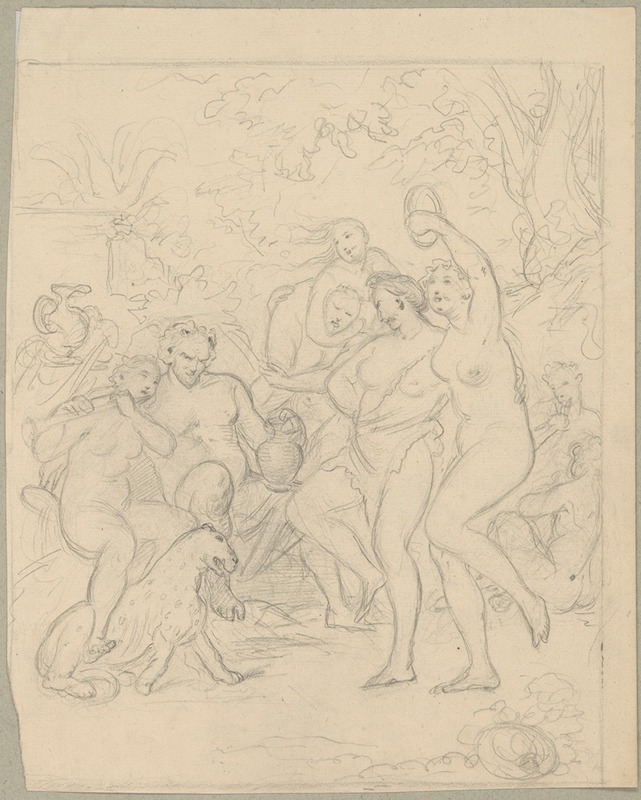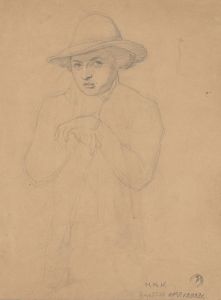
St. Casimir – drawing according to the engraving by Franciszek Wacław Balcewicz of 1749
A hand-painted replica of Józef Simmler’s masterpiece St. Casimir – drawing according to the engraving by Franciszek Wacław Balcewicz of 1749, meticulously crafted by professional artists to capture the true essence of the original. Each piece is created with museum-quality canvas and rare mineral pigments, carefully painted by experienced artists with delicate brushstrokes and rich, layered colors to perfectly recreate the texture of the original artwork. Unlike machine-printed reproductions, this hand-painted version brings the painting to life, infused with the artist’s emotions and skill in every stroke. Whether for personal collection or home decoration, it instantly elevates the artistic atmosphere of any space.
Józef Simmler, a prominent Polish painter of the 19th century, is best known for his historical and religious works. Among his notable creations is the painting titled St. Casimir – drawing according to the engraving by Franciszek Wacław Balcewicz of 1749. This artwork reflects Simmler’s interest in Polish history and religious figures, particularly St. Casimir, a revered patron saint of Lithuania and Poland.
The painting is based on an earlier engraving by Franciszek Wacław Balcewicz, created in 1749. Balcewicz was a Polish-Lithuanian artist known for his engravings, which often depicted religious and historical themes. Simmler’s work serves as a reinterpretation of Balcewicz’s engraving, showcasing his skill in translating the intricate details of an engraving into a drawing. While the original engraving by Balcewicz was created in the mid-18th century, Simmler’s adaptation was likely completed in the 19th century, aligning with his active period as an artist.
St. Casimir, the subject of the artwork, was a prince of the Kingdom of Poland and the Grand Duchy of Lithuania during the late 15th century. Known for his piety, humility, and dedication to the Catholic faith, St. Casimir became a symbol of virtue and devotion. He was canonized in 1521 by Pope Leo X and is celebrated as a patron saint of youth, students, and Lithuania. His feast day is observed on March 4.
Simmler’s drawing captures the essence of St. Casimir’s sanctity, reflecting the saint’s spiritual significance. The artwork likely emphasizes traditional iconographic elements associated with St. Casimir, such as his royal attire, a lily symbolizing purity, and a prayerful demeanor. These elements are consistent with depictions of the saint in religious art from the region.
Józef Simmler’s body of work often focused on themes of Polish identity, history, and religion, making this drawing a fitting example of his artistic interests. While specific details about the creation and current location of this particular artwork are not widely documented, it remains an example of Simmler’s ability to reinterpret historical sources and contribute to the visual legacy of Polish religious art.
This painting highlights the interconnectedness of artistic traditions, as Simmler’s work draws inspiration from Balcewicz’s engraving, which itself was part of a broader tradition of religious art in the Polish-Lithuanian Commonwealth. Through this reinterpretation, Simmler not only honored the legacy of St. Casimir but also contributed to the preservation and evolution of Polish cultural and religious heritage.

















